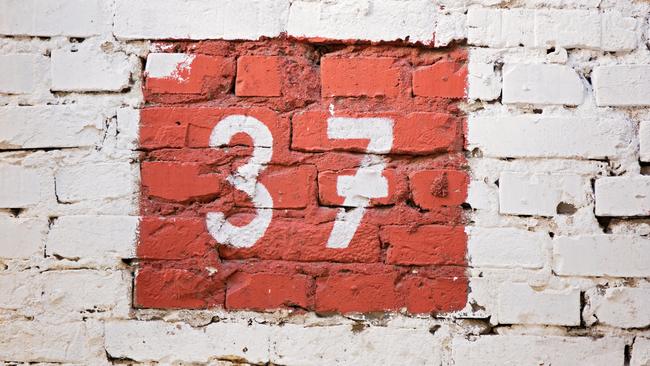The secret number for a great life
IF YOU’RE looking for a house or trying to figure out if your partner is ‘the one’, there’s a simple algorithm you need to use.

SEARCHING for a house, but don’t know how long to search before you bid your life away? Going out for dinner along a crowded eat street, and don’t know which restaurant to choose? Can’t decide whether your current partner is “the one” or whether you should keep looking?
Luckily there is an actual solution to these dilemmas, and if you follow it, chances are you’ll end up making better decisions and lead a better life.
Mathematically, all these questions are essentially the same problem.
They involve working out how to balance the desire to keep searching for the “best” choice, when there might something better ahead, which you’ll miss out on if you settle too soon. What is the optimal point at which you should stop looking for something better?
Quaintly, it was originally posed as the “Secretary Problem” in 1949 by mathematician Merrill Flood. How long to keep looking for a secretary before choosing one?
In their recent book, Algorithms to Live By, Brian Christian and Tom Griffiths, say that the Secretary Problem lies at the heart of many modern problems, and everyone would benefit from using the maths behind it to inform their decisions.
So what’s the answer to a better life? There are many ways of trying to solve a problem like this, but there is one that consistently yields the best result and it hinges on the principle of “look then leap”.
The solution, it turns out, is to survey the field for a certain percentage of choices, and then, once you’ve reached that point, it’s time to get ready to “leap”.
The next time you see something that’s better than everything you’ve seen so far, you choose it and stop looking. If you do that, you consistently make a better choice than any other method.
But how much of the field should you look at before you leap? The answer is 37%.
Say the eat street you’re planning to dine on is 1000 metres long, you’re best off simply strolling along and looking at the restaurants for the first 370 metres, and then after that, as soon as you see a restaurant that’s better than anything you’ve see before, take it. It’s the optimal balance between searching and finding.
Same goes for choosing who to marry. If you think of the ages between 18-35 as the years when you’ll be looking for a partner, that suggests that you should play the field until you’re a bit over 24 years of age, and then after that, as soon as you meet someone who is better, propose to them. Romantic!

(If you think your looking period is more like 18-40, then you can have till the age of 26 before you should start leaping at the best choice).
From a common sense perspective, it makes sense. You don’t want to look too long because then you risk going past all the best choices, and you don’t want to start leaping too soon, because you risk not seeing the best choices.
Since I learnt about this principle, I’ve been applying to all sorts of problems, and I can honestly say that, besides the derision I receive from my wife every time I do it, it’s a game-changer.
It works wonders when trying to decide what to eat in a shopping centre food court, and it’s great when you’ve only got an hour to buy your significant other a deeply romantic gift (spend the first 22 minutes browsing, then get ready to leap).
So how can you use it to choose a house? Easy. Say you want to buy a house in the next three months. That’s 13 weeks. Spend the first five weeks looking. Don’t touch. And don’t bid. Then, after that, the next time you see something that beats everything that’s gone before, bid your life away.
See, Scott Morrison may not be able to solve the housing crisis — but maths can. Now, if only you had enough money …
Charles Firth majored in Economics (Social Science) at Sydney University. He is also editor of The Chaser Quarterly. Follow him on Twitter @charlesfirth



